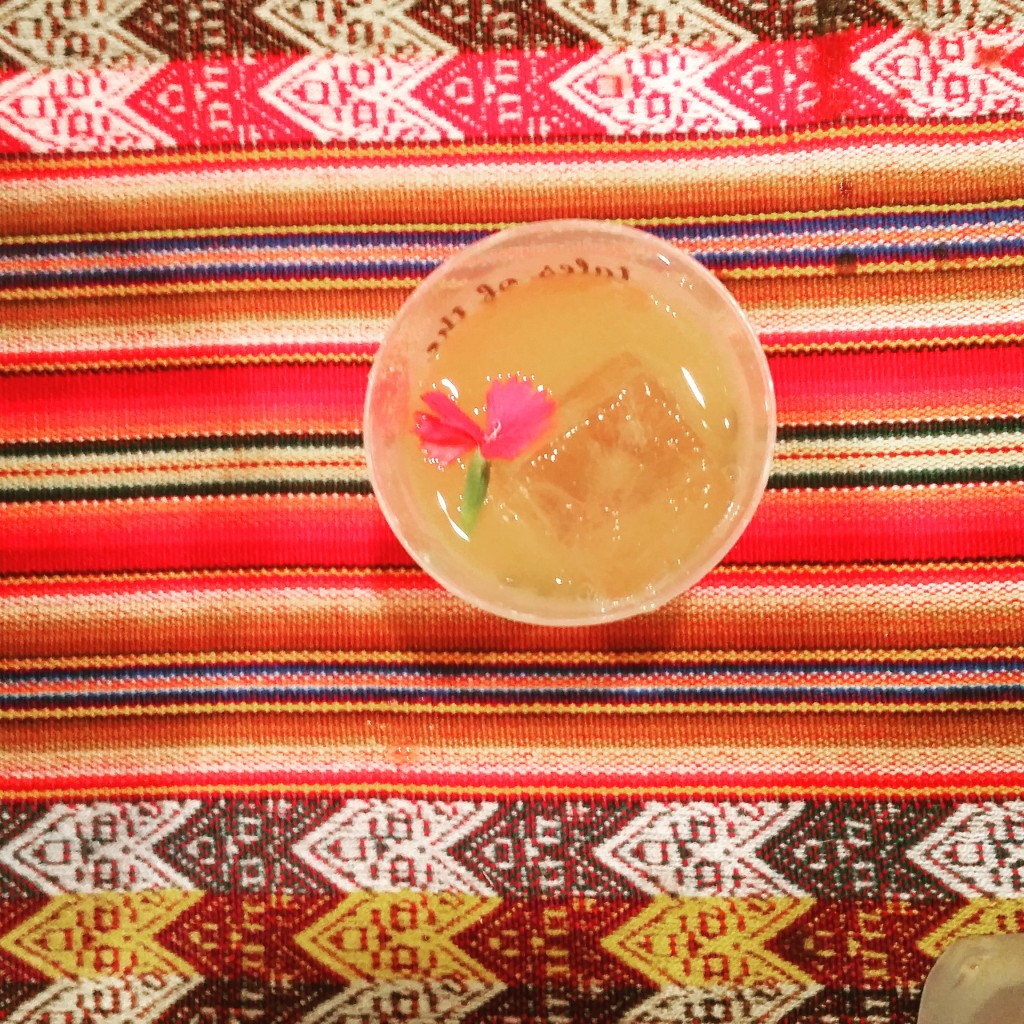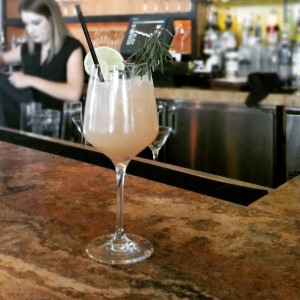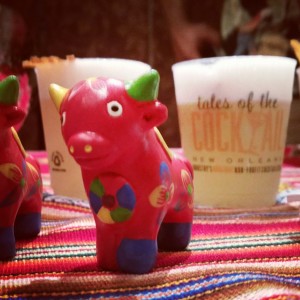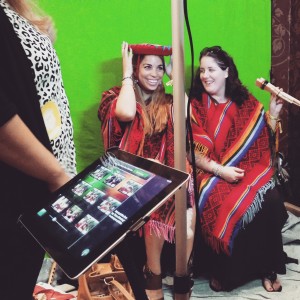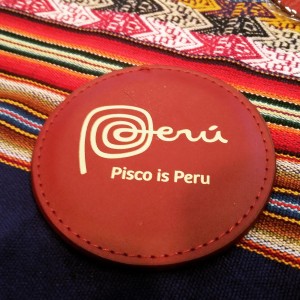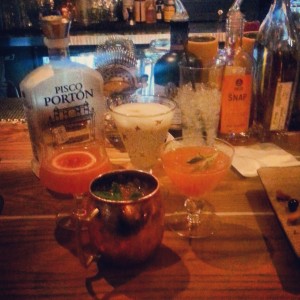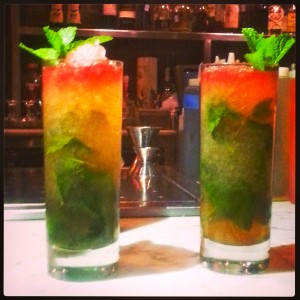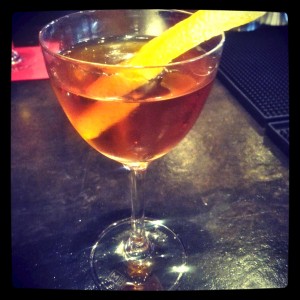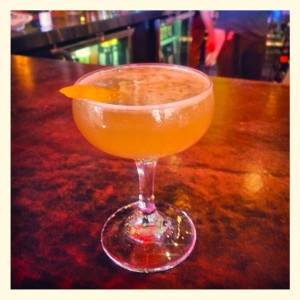
The Pisco Mercenaries want your love. More to the point, they want you to learn to love pisco, the national spirit of Peru – so much so that they’ve put aside their differences in pursuit of that higher goal.
On Monday, you’ll have a chance to see what eight local bartenders can do with the light-colored brandy when the group holds its second pisco cocktail competition at Dallas’ Crowne Plaza Hotel.
The Pisco Mercenaries are four Peruvian-born gents: Neighborhood Services’ Ivan Rimach; Daniel Guillen and brother Armando, most recently of Parliament and The Standard Pour; and food and beverage consultant Pablo Valqui. They represent four pisco brands eyeing major inroads in the U.S., a market even the Peruvian government supports going after. But rather than fight each other for market share, the brands are joining forces to raise pisco’s profile as a whole.
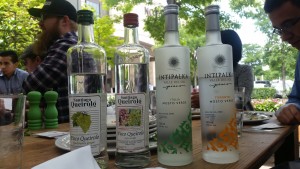
Through this ongoing series of competitions, they hope to demonstrate pisco’s versatility and earn it a place on bartenders’ shelves. “This is our way of introducing it to the U.S. market and showing there’s way more things you can do with it,” says pisco mercenary Armando Guillen, who is on his way to London after a stint as bar manager at Uptown’s Standard Pour.
The group held a Pisco Sour competition at the Westin Park Central in February. Monday’s contest, set for 6 p.m. at Dallas’ Crowne Plaza Hotel, will feature variations on the classic Pisco Punch. In addition to their cocktails, bartenders will be judged on presentation, use of Peruvian ingredients and the stories behind their concoctions.
The classic Pisco Punch came to life during the go-for-broke days of the Gold Rush in San Francisco, where pisco shipments arrived on South American cargo ships that regularly posted up in the Bay, as author Guillermo Toro-Liro has noted. That made pisco easier to get at the time than whiskey, which had to be brought in by wagon from the Eastern U.S.
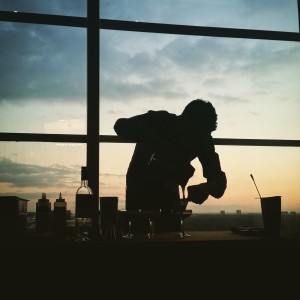
No one knows for sure exactly what comprised Duncan Nicol’s recipe that rose to popularity at San Francisco’s Bank Exchange Saloon, but today it’s evolved as a tropical blend of pisco, pineapple, citrus and sweetener. A supposed secret ingredient, which may or may not have been cocaine, has been lost to the ages – but for that reason, it’s an openly malleable cocktail.
Monday’s competitors include Andres Zevallos of Rapscallion; Ricky Cleva of Henry’s Majestic; Chris Dempsey of the Four Seasons; Jorge Herrera of The Standard Pour; Ryan Kinkade of TBD; Justin Payne of The Theodore; Cody Riggs of The Mitchell; and Chad Yarbrough of Armoury D.E.
The winners of Monday’s contest – both a judges’ and a people’s choice – will win cash and the chance to compete in a fifth and final round planned for November. That winner will be on his or her way to Peru, which according to Pisco Porton rep Michael Turley boasts 300 distilleries and 471 registered brands – the most popular of them being Queirolo, the one you’ll find even at Peruvian gas stations.
If the February competition is any indication, you’ll be in for a treat: That event offered the chance to sample various piscos on their own or in mini-versions of the competing cocktails, and to crown a people’s choice winner.
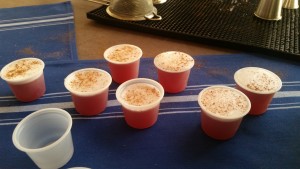
Tim Newtown, of Henry’s Majestic, employed chirimoya, a Peruvian highlands fruit, in his cocktail, while Quill’s James Slater tipped his cap to Peru’s Japanese influences with additions of sencha tea and yuzu citrus.
Ida Claire’s Alexandrea Rivera dropped a hint of Malbec into her pisco drink, while Parliament’s Drew Garison accented his concoction with muddled grapes and a ginger-saffron marmalade.
In the end, though, it was Bolsa’s bar manager Spencer Shelton who the judges crowned winner. (Full disclosure: I was among the panel.) Shelton’s garden-fresh “Cease Fire,” made with mellow-earthy Cuatro Gallos quebranta pisco and a bit of the Italian bitter liqueur Cynar, included lemon, bell pepper, fennel, dill, Peruvian yellow chili pepper and Peruvian olive brine. Or as he described it: “Peruvian cuisine in a cocktail.”
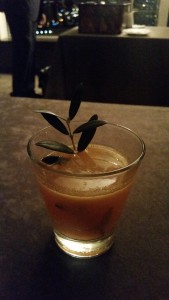
Unlike most, Shelton skipped the drink’s signature egg white, which provides lightness and a silky texture. That’s where the olive brine came in: “The brine adds viscosity and mouthfeel,” he explained. An olive branch garnish added the final touch, signifying the unity of the four pisco brands; he served it with tapenade and plantain chips.
Peruvian yellow pepper and olive brine? That brought a smile to pisco mercenary Rimach, who dreams of a day when pisco is a staple spirit behind the bar along with gin and whiskey and vodka and rum. The Pisco Mercenaries partnership, he hopes, is just the start.
“When you have more variety, it’s easier for people to understand and enjoy something,” Rimach says. “We’re trying to create a whole new category.”

